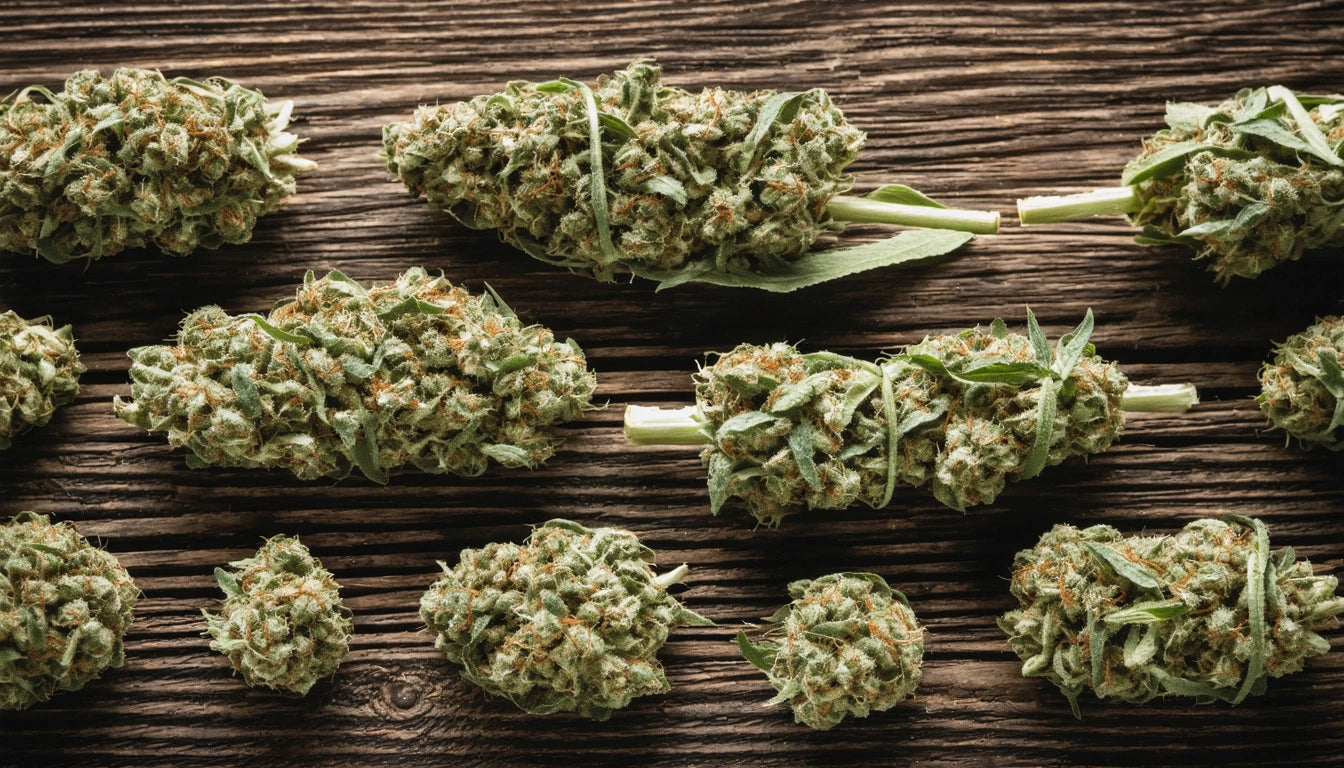Table of Contents
How Long Does THC Stay in Your Hair?
THC, the primary psychoactive compound in cannabis, can be detected in various bodily specimens long after use. While blood and urine tests are common, hair follicle testing provides one of the longest detection windows, creating significant concerns for cannabis consumers who may face testing. Understanding how long THC remains in hair is crucial for those subject to workplace drug screening or legal monitoring.
Hair Testing Basics: How THC Is Detected
Hair follicle tests work by identifying THC metabolites that enter the bloodstream and subsequently become trapped in hair follicles. When cannabis is consumed, THC enters the bloodstream and circulates throughout the body. Small blood vessels feed hair follicles, and as new hair grows, metabolites become incorporated into the hair shaft.
The standard hair test involves collecting approximately 100 strands of hair, typically from the crown of the head. These samples are usually cut as close to the scalp as possible, as this region contains the most recent growth. The hair is then analyzed for the presence of THC-COOH, the primary metabolite that laboratories test for when screening for cannabis use.
Detection Window: How Long THC Remains in Hair
The detection window for THC in hair is significantly longer than other testing methods. THC can be detected in hair for up to 90 days after use. This extended timeframe occurs because hair grows approximately 0.5 inches per month, and standard tests examine the 1.5 inches of hair closest to the scalp.
This 90-day detection window makes hair testing particularly challenging for cannabis users compared to other methods. While urine tests typically detect THC for 3-30 days and blood tests identify THC for only 1-2 days after use, hair tests provide a much longer retrospective view of cannabis consumption.
Influencing Factors: What Affects THC Hair Detection
Several factors influence how long THC stays detectable in hair:
- Frequency of use: Regular cannabis consumers will have more metabolites incorporated into their hair compared to occasional users.
- Potency of cannabis: Higher THC content products lead to greater metabolite concentrations in the bloodstream and subsequently in hair.
- Individual metabolism: Each person processes THC differently based on their unique metabolic rate.
- Hair color and texture: Studies suggest that darker hair may bind THC metabolites more readily than lighter hair due to greater melanin content.
- External contamination: Environmental exposure to cannabis smoke can potentially lead to false positives through external contamination.
Understanding these factors is important for anyone concerned about how long THC remains in their system, particularly those subject to workplace drug testing.
Hair Tests Compared to Other Detection Methods
Hair testing offers distinct advantages and disadvantages compared to other drug testing methods:
Urine Testing: Detects THC for 3-30 days depending on usage patterns. More common and less expensive than hair testing, but offers a shorter detection window.
Blood Testing: Provides the shortest detection window (1-2 days) but can determine active impairment rather than just past use.
Saliva Testing: Typically detects THC for 24-72 hours after use and is becoming more common for roadside testing.
Hair Testing: Offers the longest detection window (up to 90 days) but cannot determine recent use or current impairment.
The extended detection capability of hair testing makes it particularly concerning for cannabis consumers, as it cannot differentiate between recent use and consumption that occurred weeks or months prior.
Accuracy and Limitations of Hair Testing
While hair testing provides a long detection window, it has several limitations:
Cannot determine frequency: Hair tests can indicate that cannabis was used within a three-month period but cannot pinpoint exactly when or how often.
External contamination: Simply being in an environment where cannabis is smoked could potentially result in external contamination of hair samples.
Bias in hair types: Research suggests that certain hair types and colors may bind THC metabolites differently, potentially creating testing disparities.
No indication of impairment: A positive hair test does not indicate current impairment or intoxication, only historical use.
These limitations have raised questions about the fairness and accuracy of hair testing in certain contexts, particularly employment screening where past use may not affect current job performance.
Responsible Cannabis Use and Testing Awareness
As cannabis legalization expands, understanding testing methods becomes increasingly important. For those who use cannabis medicinally or recreationally in legal jurisdictions, awareness of detection windows helps make informed decisions about consumption.
Proper storage and handling of cannabis products is also essential, particularly in households with children. Safety regulations requiring child-resistant packaging help prevent accidental ingestion, an important consideration as cannabis products become more common in homes.
For individuals subject to drug testing, understanding the extended detection window of hair tests allows for better planning and transparency with employers or monitoring agencies. As testing policies evolve alongside changing cannabis laws, staying informed about detection methods and timeframes remains crucial for cannabis consumers.











Leave a comment
All comments are moderated before being published.
This site is protected by hCaptcha and the hCaptcha Privacy Policy and Terms of Service apply.